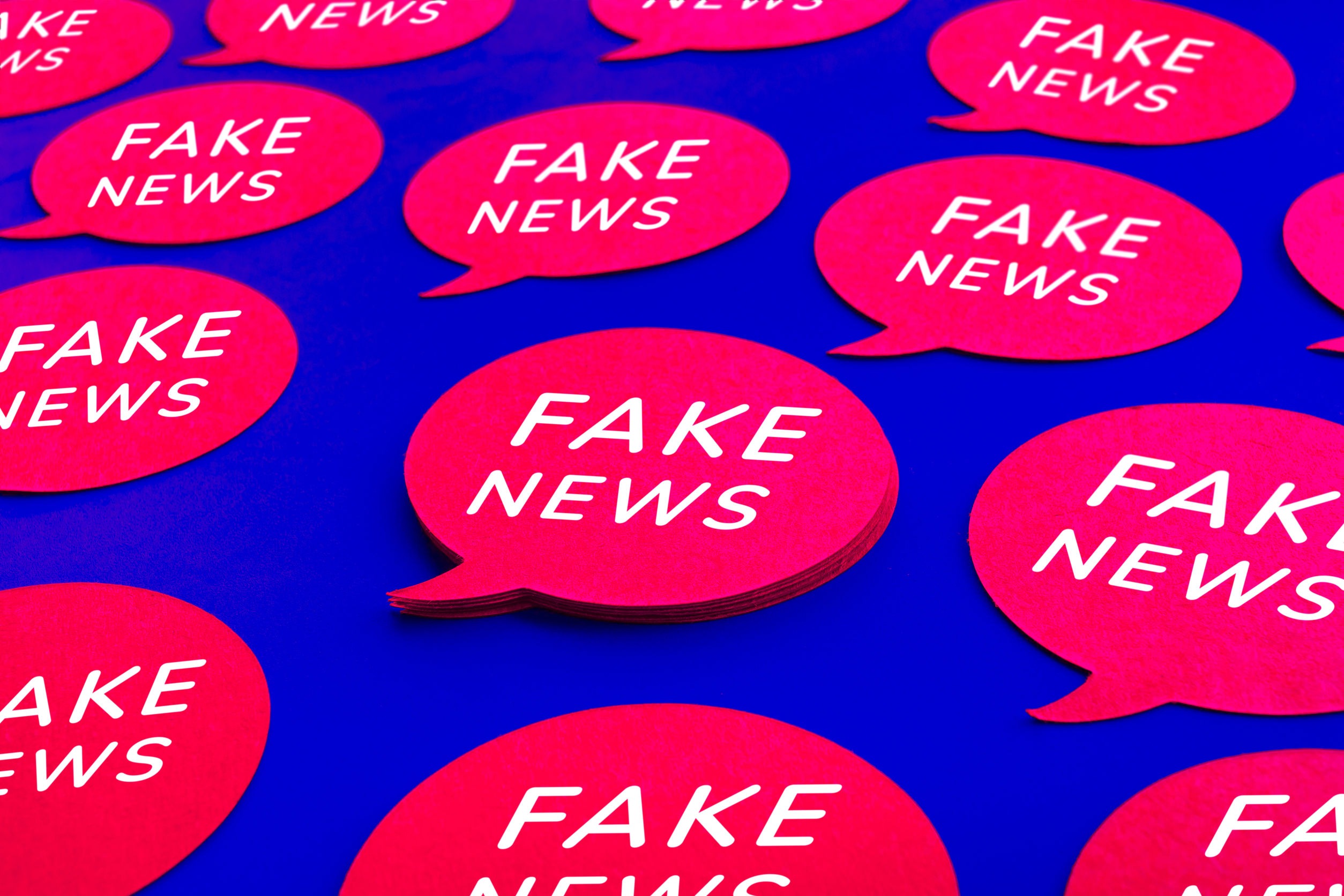How to protect your company—and reputation—against malicious disinformation
Arm yourself with tactics and tools to fight against false claims, slander and other digital threats.

It’s no exaggeration to say that one accusation can bring a company down.
It might be a lie, half-truth or maybe even a misunderstanding, but how you respond to online claims holds tremendous sway over how your business is perceived. Of course, that can be for better or for worse.
Without an airtight protocol for identifying and addressing these sorts of reputational threats, you risk losing control of the narrative you’d like to communicate. Unless and until you establish a framework of how to handle these situations, you’ll always be on the back foot, putting out fires—instead of advancing your goals and moving your business forward.
A new download from Zignal Labs, “The Ultimate Guide to Disinformation and Other Narrative-Borne Threats,” offers tactical recommendations for building a protocol to neutralize harmful misinformation.
Featuring advice from experts such as Allyson Hugley of Prudential Financial, Hanson Hosein of HRH Media Group and Jennifer Granston of Zignal Labs, the piece lays out why “strategic silence” is no longer a safe option.
According to Jennifer Granston, CCO of Zignal Labs, “If you don’t act fast to control the narrative, the narrative will be written without you. And you probably won’t like the result.”
Conventional wisdom has dictated that when your business is pulled into a false or misleading narrative, it’s often better to ignore it. Any response will only bring more legitimacy and attention to the narrative, right? That’s not the case anymore.
If you don’t act quickly, the issue will only grow, eventually spreading beyond your control. What’s at stake? The University of Baltimore estimated the cost of disinformation to businesses in 2019 was $78 billion. The threat only grows by the day, as anyone with a grudge and an internet connection can become an imminent threat.
According to Zignal Labs, your business should have a “thorough and repeatable” plan for getting ahead of, and responding to, mis- and disinformation narratives. The piece offers crucial questions to consider before you respond, such as:
- Who are the leading voices in spreading the narrative?
- How does that affect the stance your company should take?
- Which audience is most valuable to you in your response? In which media outlets do you need to be most visible?
- Does media intelligence show that you’re sufficiently reaching these audiences and outlets, and if not, how can you change that?
Zignal Labs also offers real-world examples of narrative-borne threats gone wild, citing the impact conspiracy theories continue to have on Dominion Voting Systems and 5G networks. On the flipside, the piece explores how Exxon swiftly quashed a false rumor.
Unfortunately, there’s no sure-fire way to prevent misinformation. But with preparation—and by harnessing media intelligence technology—you can mitigate the potential damage to your reputation. And possibly even flip the script to demonstrate leadership and come out looking better than you did before.
Download your free guide today to protect your company’s future.







